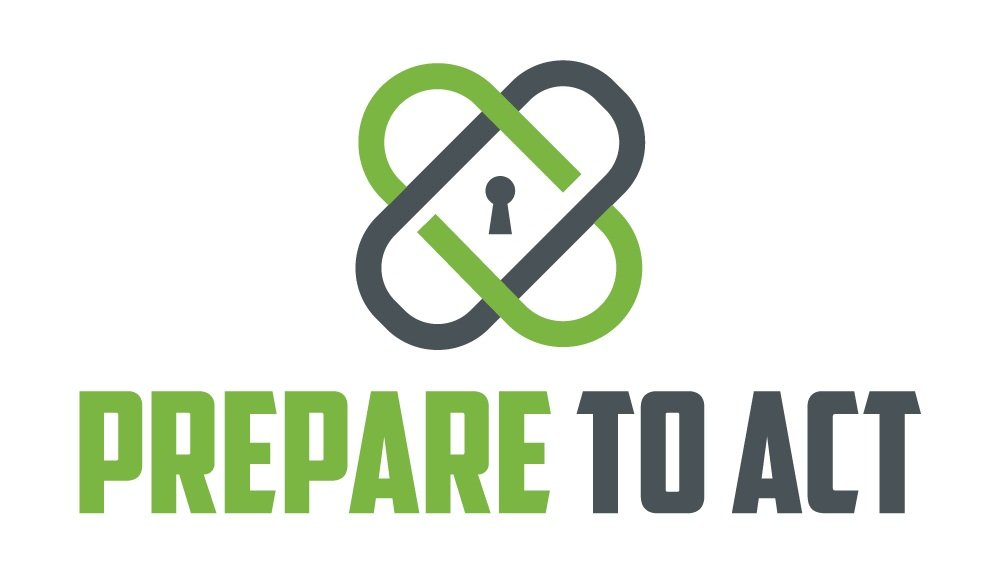Street Takeovers: Understanding the Rising Trend of Reckless Car Meets and Sideshows
Exploring the Dangers, Psychology, and Legal Implications of Street Takeovers for Public Safety
In recent times, an alarming trend known as "Street Takeovers" has been on the rise. These events involve groups of individuals gathering at intersections and other public spaces to engage in disruptive and dangerous activities. Street takeovers often include reckless driving, drifting, and other stunts, posing significant risks to public safety. This comprehensive article aims to shed light on the phenomenon of street takeovers, exploring what they are, why they are dangerous, and how individuals can respond and protect themselves and their loved ones.
The Rise of Street Takeovers:
What Are They? Street takeovers, also referred to as car meets, sideshows, or street racing events, are gatherings of car enthusiasts and thrill-seekers where they engage in reckless and dangerous activities on public roads. These events usually involve blocking intersections and performing stunts such as donuts, drifting, and burnouts, often with large crowds of spectators capturing the chaos on their cell phones.
Recognizing the Dangers:
Risks and Consequences Street takeovers pose significant dangers to both participants and innocent bystanders. The high-speed maneuvers and lack of control can result in serious accidents, injuries, and even fatalities. Additionally, these events disrupt traffic flow, impact emergency services, and cause property damage. Law enforcement faces challenges in curbing street takeovers due to the swift dispersal of crowds when authorities arrive.
The Psychology Behind Street Takeovers:
Understanding Motivations To comprehend the allure of street takeovers, it is essential to explore the psychological factors that drive individuals to participate. For some, the need for excitement and thrill-seeking behavior fuels their involvement, while others may be influenced by social dynamics, peer pressure, or a desire for recognition among their peers. Understanding these motivations can aid in developing effective prevention strategies.
Street Takeovers vs. Street Racing:
The Distinctions Although often associated with street racing, street takeovers differ significantly from organized racing events. Street racing typically involves a head-to-head race between two vehicles, whereas street takeovers are more focused on showmanship and reckless driving stunts. Understanding these distinctions can help in addressing each issue effectively.
The Cultural Impact:
Societal Norms and Influence Cultural influences play a role in the prevalence of street takeovers. From music and media to peer groups and subcultures, societal norms and influences can contribute to the appeal of these events. Analyzing these cultural factors can aid in devising targeted interventions to discourage participation in street takeovers.
The Legal Aspects:
Implications and Enforcement The legal implications of street takeovers vary from region to region, but they generally involve traffic violations, public nuisance charges, and potential criminal charges for those involved in organizing these events. Enforcement efforts require a coordinated approach to address the challenges posed by street takeovers effectively.
Combating Street Takeovers:
Community Response Addressing street takeovers requires a united effort from the community, law enforcement, and local authorities. Community engagement, awareness campaigns, and proactive reporting of suspicious activities can help combat street takeovers and ensure public safety.
Safeguarding Communities:
Ensuring Safety To safeguard communities from the dangers of street takeovers, it is crucial to prioritize safety. Implementing traffic calming measures, enhancing police presence, and collaborating with community organizations can create safer public spaces and deter potential street takeover activities.
Staying Safe:
Tips for Individuals When encountering a street takeover situation, personal safety should be the top priority. Understanding what to do and what not to do in such scenarios can help individuals stay safe and avoid unnecessary risks.
Reporting Street Takeovers:
Taking Action Reporting street takeovers to the appropriate authorities is vital in curbing these events. By providing essential information and cooperating with law enforcement, individuals can contribute to efforts to address and prevent street takeovers.
Emergency Preparedness: Being Proactive Preparing for unexpected situations is crucial. Developing an emergency plan, having important contacts readily available, and being aware of resources and tools can enhance individuals' ability to respond effectively during street takeover incidents.
Raising Awareness:
The Power of Information Raising public awareness about the dangers and consequences of street takeovers is essential in fostering a safer community. Engaging in discussions, sharing information, and educating others can contribute to the prevention of these events.
Effective Response Strategies: What to Do When encountering a street takeover, knowing how to respond effectively can make a significant difference. From staying vigilant to contacting emergency services when necessary, individuals can play a role in ensuring public safety.
Community Collaboration:
Working Together Communities can achieve greater success in combating street takeovers by collaborating with local authorities, businesses, and organizations. The combined effort can lead to sustainable solutions and a safer environment.
Youth Involvement:
Addressing Root Causes Understanding the involvement of youth in street takeovers is essential in implementing preventive measures. Addressing underlying issues and providing positive alternatives can steer young individuals away from participating in dangerous activities.
Case Studies:
Learning from Past Incidents Analyzing real-life case studies of street takeovers can offer valuable insights. Understanding the outcomes, challenges faced, and lessons learned from these incidents can inform better prevention strategies.
In conclusion Street takeovers present serious risks to public safety and community well-being. By recognizing the dangers and understanding the motivations behind these events, individuals and communities can work together to prevent and address street takeovers effectively. Prioritizing safety, staying informed, and engaging in proactive measures are vital in fostering a safer environment for all.
FAQs
Q: How can I report a street takeover to the authorities?
A: To report a street takeover, contact your local law enforcement agency or emergency services with essential information, such as location, date, and details of the incident.
Q: Are street takeovers illegal?
A: Yes, street takeovers are illegal in most jurisdictions as they involve reckless driving and disrupt public order.
Q: How can communities discourage street takeovers?
A: Communities can discourage street takeovers through awareness campaigns, community engagement, and proactive reporting of suspicious activities.
